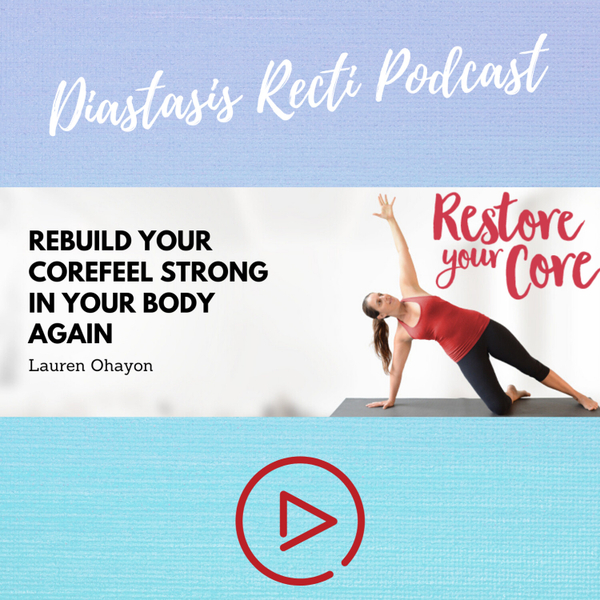
How to Stop A Prolapse From Getting Worse
- S1E23
- 02:52
- February 19th 2021
You did it. You birthed a bouncing baby and your body is in recovery from enduring the sheer awesomeness that is childbirth. As the months that follow unfold and that baby starts to grow, you can’t help but shake the feeling that something is not quite right down there. Why is peeing so weird now? When did my body decide it was okay to just leak out said pee every time I cough? Am I supposed to just wear panty liners all day every day just in case someone makes me laugh? Why does it feel like there is a bulge in my vagina?
Though it is a common post-birth issue, the first time you hear that you have pelvic organ prolapse may be frustrating and quite upsetting. I mean, your body was made to have babies. Why would something so natural cause such an issue?
Avoiding the S Word
Your doctor may suggest many treatment options to help prevent your prolapse from advancing to the point where they begin to start talking about surgery. Surgery is a SCARY word that we would like to help you avoid. Prolapse reconstruction surgery, or Vaginoplasty, may be recommended in advanced cases. However, if you aren’t severely prolapsed, there are steps you can take that may help you avoid surgery all together. Yes, early prolapse can be corrected without ever ending up under the knife. Even a grade 3.
Popular less invasive treatment offered can include vaginal pessaries and Kegels as the only form of pelvic floor treatment. Don’t hear me wrong, these can be very helpful, but I am more a fan of using a functional, whole body exercise approach to healing core and pelvic floor issues. Here at Restore your Core®, we are fellow partners of your health-focused team and are seriously invested in empowering you to make every movement throughout your everyday life healing. We believe and have seen first hand with many clients, that our 12-week program can train you to bring symptom relief and avoid the discussion of surgery altogether. No matter when you discover a prolapse, we always recommend 1 year of pelvic floor rehab before deciding on more drastic routes.
Pelvic Organ Prolapse: What is it?
First things first, let’s make sure we are all speaking the same language here: pelvic organ prolapse is the injury in which one or more of your pelvic organs “drop” from their normal position. Though bladder prolapse is the most common, any pelvic organ (bladder, uterus, rectum) can make the descent. This injury happens for a variety of reasons and sometimes, it is really not known why. Birth injury, core and pelvic floor muscle imbalances, postural misalignments, and excess intra ab pressure are all reasons one might sustain a prolapse.
If pelvic organ prolapse is allowed to advance to its fullest potential, the prolapsed organ will make its way down the path of least resistance into the vaginal canal. Eventually, the organ may exit the vaginal opening.
Different types of Pelvic Organ Prolapse include:
- Bladder prolapse- Cystocele (the most common)
- Rectum prolapse- Rectocele
- Uterine Prolapse
- Vaginal Vault Prolapse
- Small Intestine Prolapse- Enterocele
Though pelvic organ prolapse can be caused by obesity, aging, and other stressors on the floor muscles, vaginal birth is the leading cause of prolapse. As you can imagine, vaginal birth does a number on those pelvic floor muscles because of the amount of stretch the pelvic floor muscle must undergo to make way for the baby’s grand entrance into the world. This is why it is pretty common to pelvic floor prolapse after childbirth.
Restore Your Core: Diastasis Recti and Pelvic Floor Talks
The Restore Your Core podcast is all about health and fitness for those struggling with Diastasis Recti or Pelvic Floor issues.
Lauren Ohayon makes videos, runs a thriving facebook group, and creates blogs that help people to feel better and reclaim their healthy bodies.
https://restoreyourcore.com/learn/diastasis-recti/
If you're too busy to read the blog then feel free to listen to the podcast! We hope to be a part of your core restoration journey.